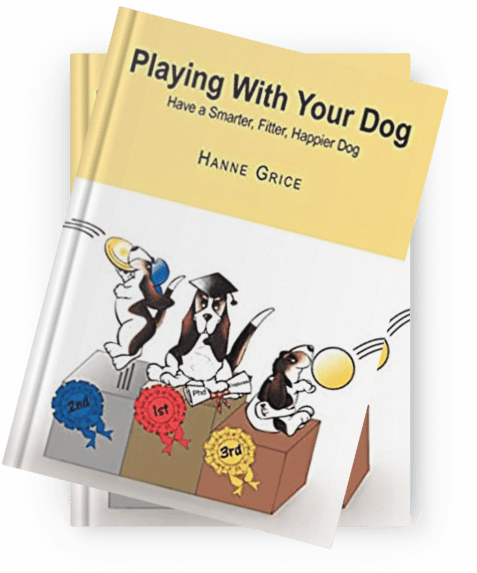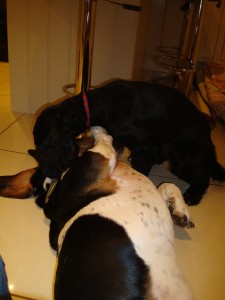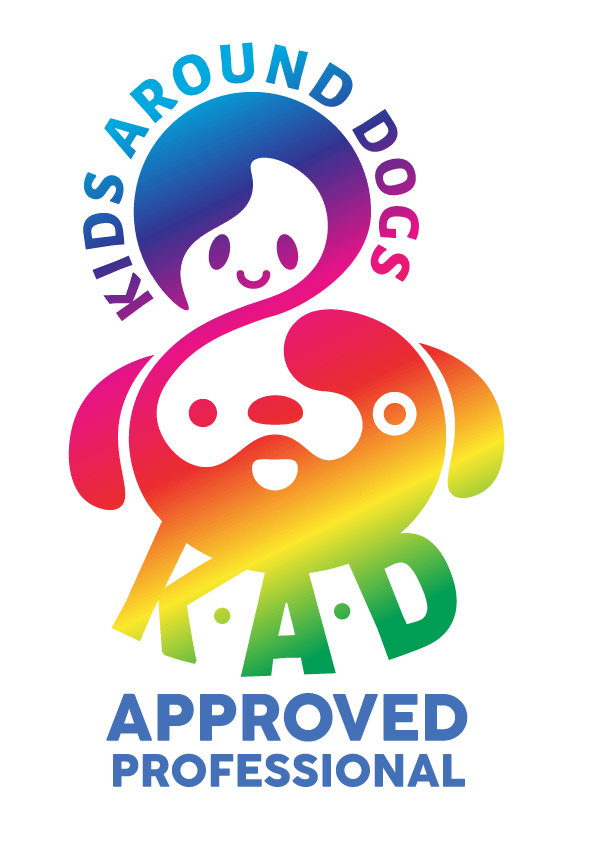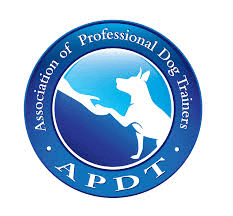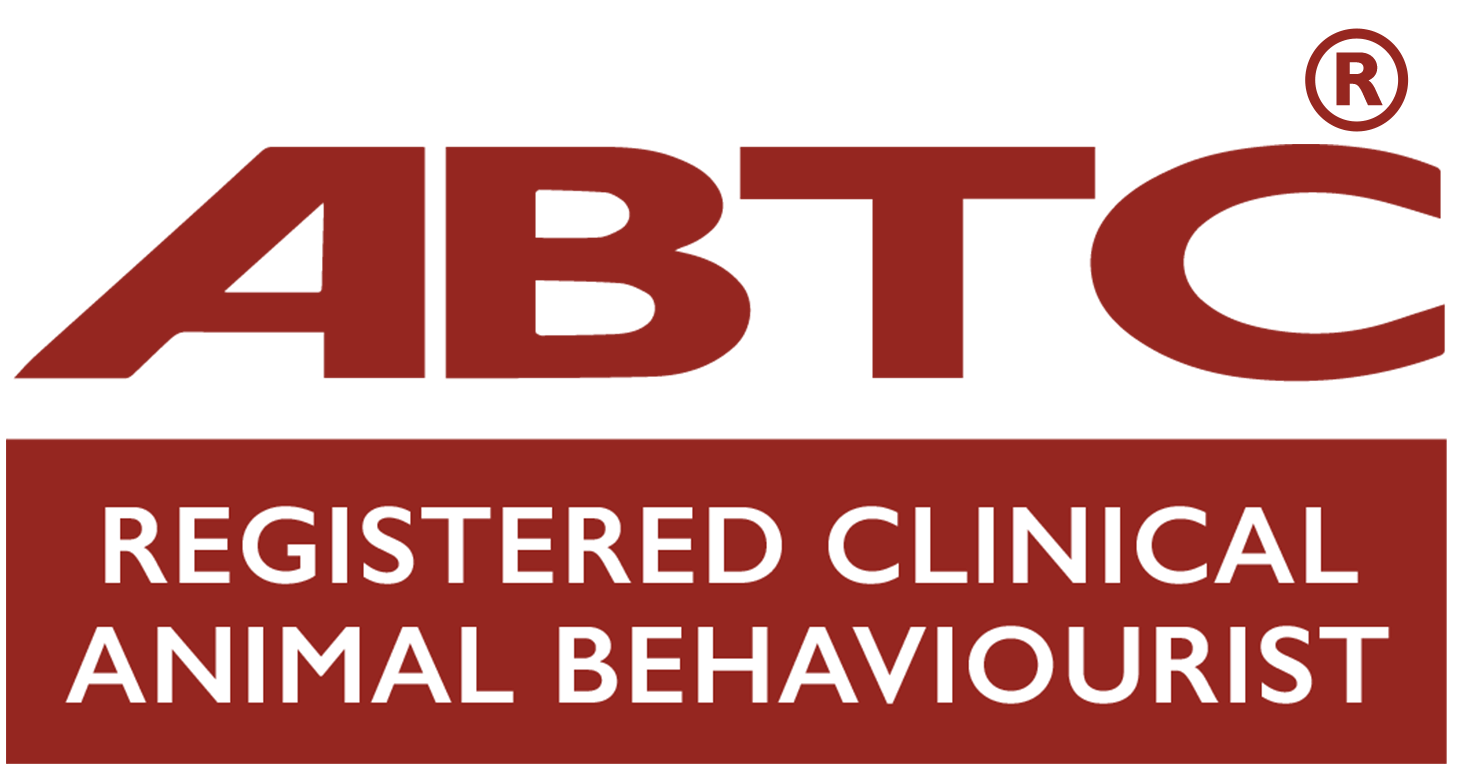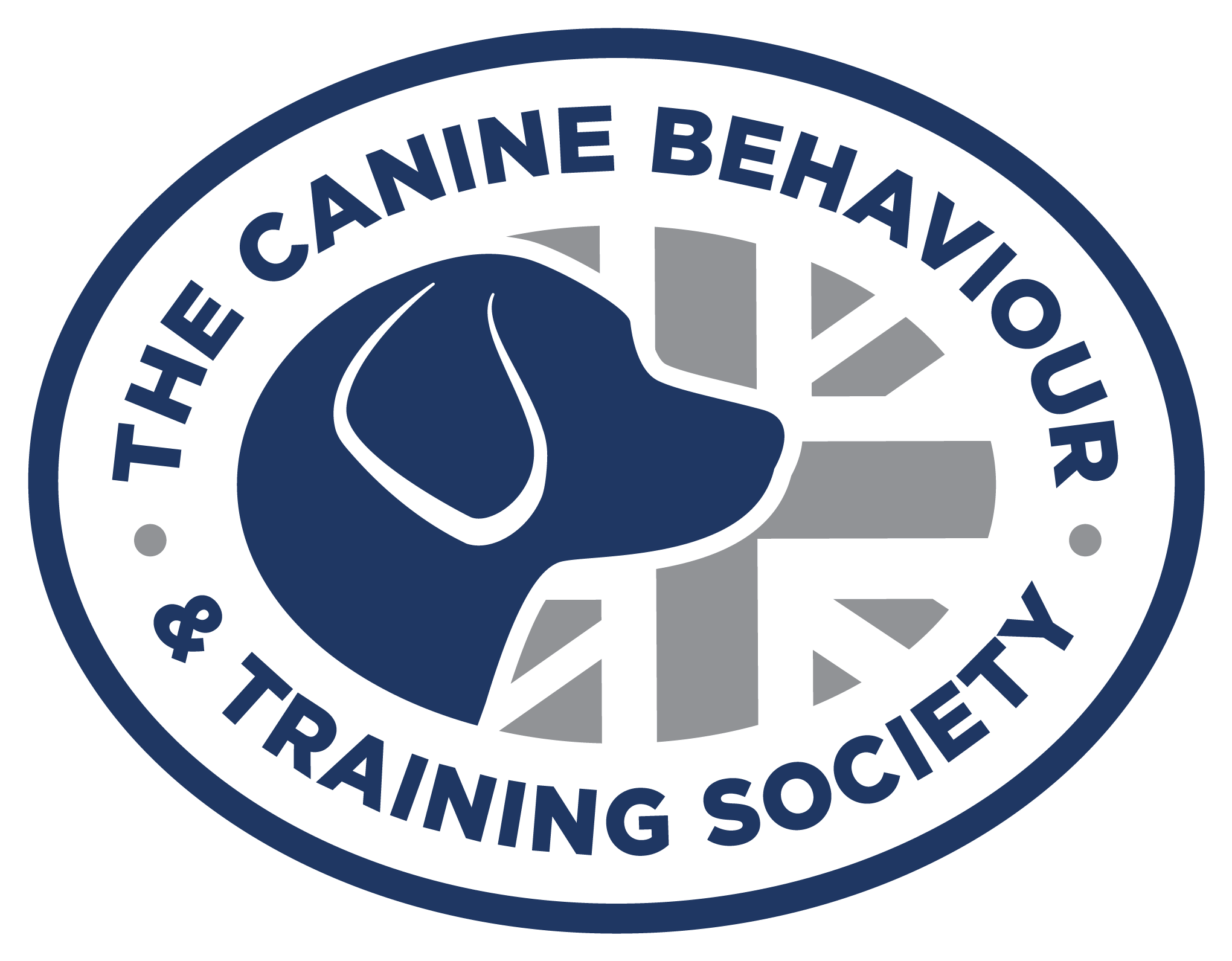I was speaking with one of my students at Puppy & Dog School and the discussion of mounting cropped up. Her not quite 11 weeks old puppy had mounted some friends recently and she was told it was because her little one was being dominant. It is sweeping statements like these made by well-meaning friends or family that can get us dog owners into all sorts of trouble when it comes to understanding Fido. So, I wanted to bust this particular myth.
So your dog humps?
Let’s be clear – dogs mount – it is a natural canine behaviour and they hump for all sorts of reasons.
If you have ever seen dogs mount, you will notice there isn’t just one single position offered; some dogs cling-on like a limpet to someone’s leg, while others may thrust over another dog’s head. One of my boarding dogs, Toby the Cocker Spaniel, used to do a sort of ‘twerking’ manoeuvre towards my Basset Hound, but was respectful enough to leave a gap between the two of them (although this was probably a learnt behaviour as my Basset would give him a loud woof to say “back off” if Toby got too intrusive)!
Dogs may mount for just a few seconds or for several minutes. Basically, there is no cut and dry rule to humping!
Why do dogs mount?
No one is 100% clear, but what we do know is that dogs mount during play, especially puppies. They like to mount when they catch up with their pals in the park, they mount when they are in a highly excited state (e.g. when you come home from work), dogs mount when they are over-tired, and when they are stressed and or anxious.
Much like sniffing, scratching and peeing, mounting can be a displacement behaviour exhibited when our pooch is experiencing a conflict of emotions. A great example of this is when we welcome a visitor into our home. Fido may be excited at the newcomer’s arrival but also stressed by their presence, it is this conflict of emotions that may kick-off the mounting behaviour, and this may be directed towards them, a favoured toy or even your plump cushion! It is in this case, nothing more than a coping strategy.
Another possible cause of humping might be pain or discomfort. For example, Sarah Fisher (Tellington Touch instructor, trainer and behaviourist) suggests that humping can be a sign of tension in the body and or gastrointestinal issues. Therefore, it is always wise to speak with your vet and get your dog checked in order to rule out any possible medical problems that may be prompting or exacerbating the issue.
Mounting also helps practice the moves needed for reproduction, and it is a form of masturbation, so dogs can get pleasure from doing it – and what a dog finds reinforcing is then likely to be repeated.
And that brings me onto accidental learning – if the dog learns that mounting is an attention-grabber and they get a big reaction from you when they hump, then ‘hey presto’ we’ve successfully (and unwittingly) rewarded that behaviour so, again, it’s likely to be repeated.
Does dominance ever play a part in mounting?
The answer is “yes”, however as with any behaviour that’s being observed, you have to look at the context in which it is happening and any other signals in order to make an accurate interpretation. As Peter Borchelt, a Certified Applied Animal Behaviourist says: “Mounting could be part of a suite of behaviours associated with aggression, such as high posture, resource guarding, direct stares, and threats and standing over. But mounting, in and of itself, doesn’t indicate a status issue. By itself, mounting might not mean a lot.”
Furthermore, studies conducted by Professor Stanley Coren on the development of social behaviour in young dogs, coyotes, and wolves, found that mounting, clasping, and humping were not directly related to dominance.
Fifty Shades of Grey…
The language of dog can be subtle and it can be complex. Our four-legged friends communicate to us all the time and we very often can misinterpret or misunderstand their signals and behaviours. It is down to us as good pet parents to learn the language of dog so we are best equipped to determine, in this case, whether Fido is humping because he’s feeling stressed or simply practicing the moves he needs to woo his canine version of Anastasia Steele down at the dog park.
©Hanne Grice
Learn more about our classes
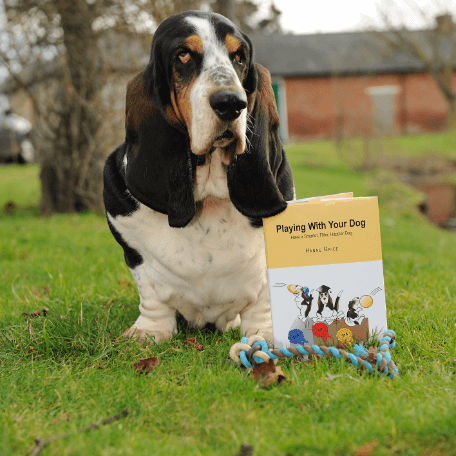
Get Hanne's Book
Playing With Your Dog will help any dog owner work out the games that are best suited for their pet to play throughout his life, from puppyhood to old age. The book also shares some tricks for all ages, group activities, and recommended toys that dogs will enjoy.
